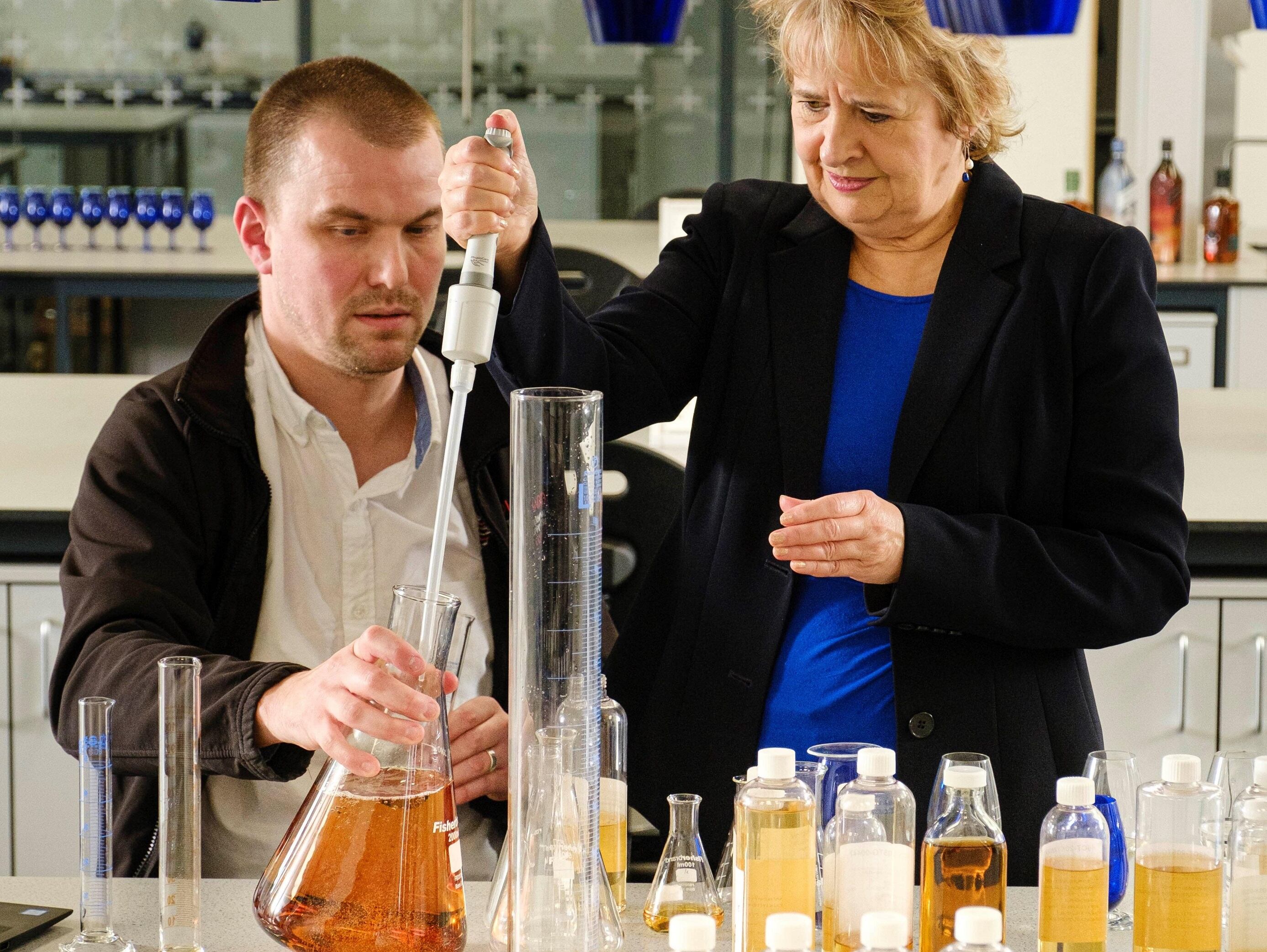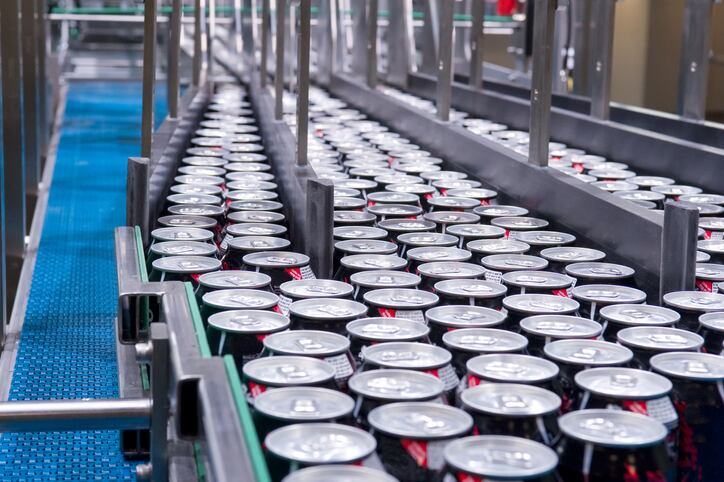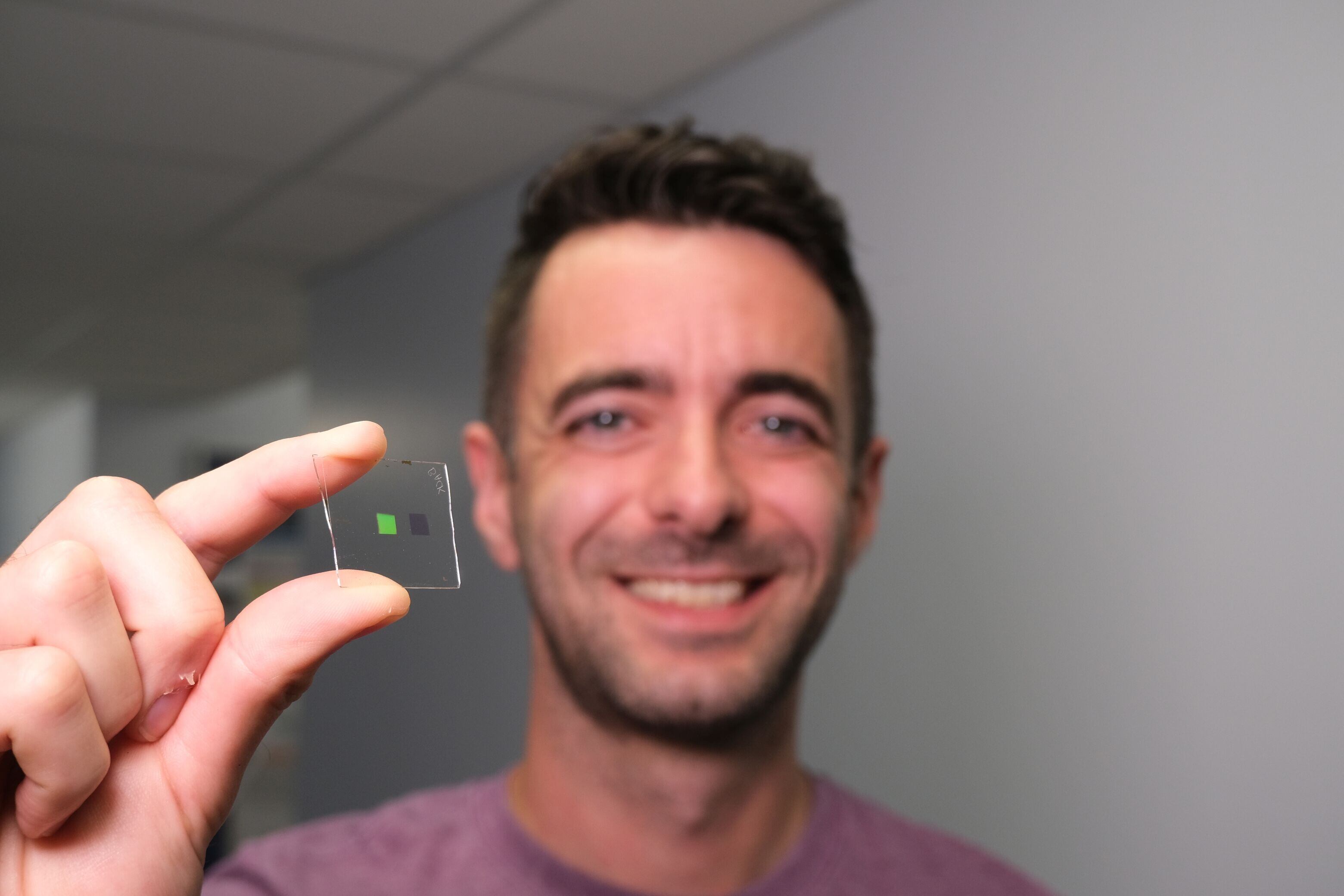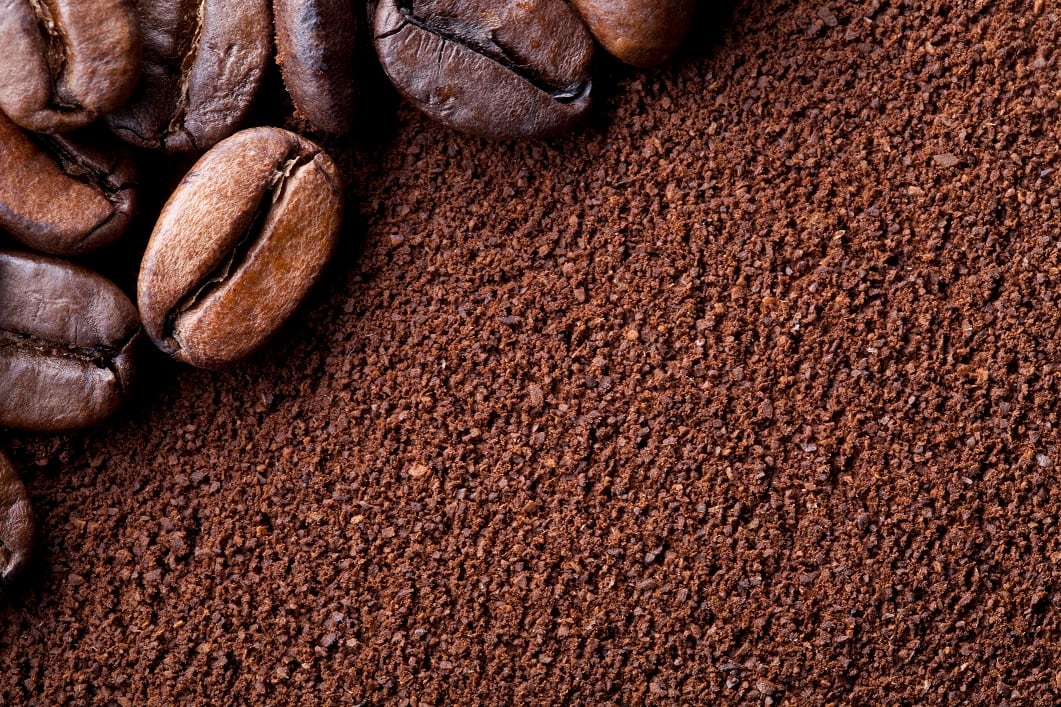Projects at the £6.4m ($8m) laboratory in Menstrie will range from grain-to-glass, including distillation, maturation, packaging and logistics.
The new building is situated next to Diageo’s current International Technical Centre (which used to be the Glenochil Research Station where Diageo pioneered scientific studies of Scotch Whisky distilling in the early 20th century).
David Cutter, global president for supply and procurement and chief sustainability office for Diageo, said: “We are now investing in the next 100 years of innovation and growth.
“We have exceptionally talented people and these new laboratories provide a great environment for them to do their best work. We are particularly excited about the opportunity to lead the next generation of research into sustainability throughout our supply chain for the future.”
Diageo's portfolio has more than 200 brands: including Guinness, Baileys, Captain Morgan, Ciroc Vodka, Don Julio tequila and Johnnie Walker Scotch whisky.
The centre was opened by Roseanna Cunningham, Cabinet Secretary for Environment, Climate Change & Land Reform.
Sustainability targets
The new research centre will look at sustainability 'from grain to glass'.
Diageo has a set of 2020 sustainability targets, which build on work done in previous years, to promote responsible drinking, build communities, and reduce environmental impact.
Its targets include:
- Reducing water use through a 50% improvement in water use efficiency
- Replenishing the amount of water used in its final product in water-stressed areas
- Reduce absolute greenhouse gas emissions from direct operations by 50% and by 30% along the total supply chain
- Achieve zero waste to landfill
- Reduce total packaging weight by 15% and increase recycled content to 45%




